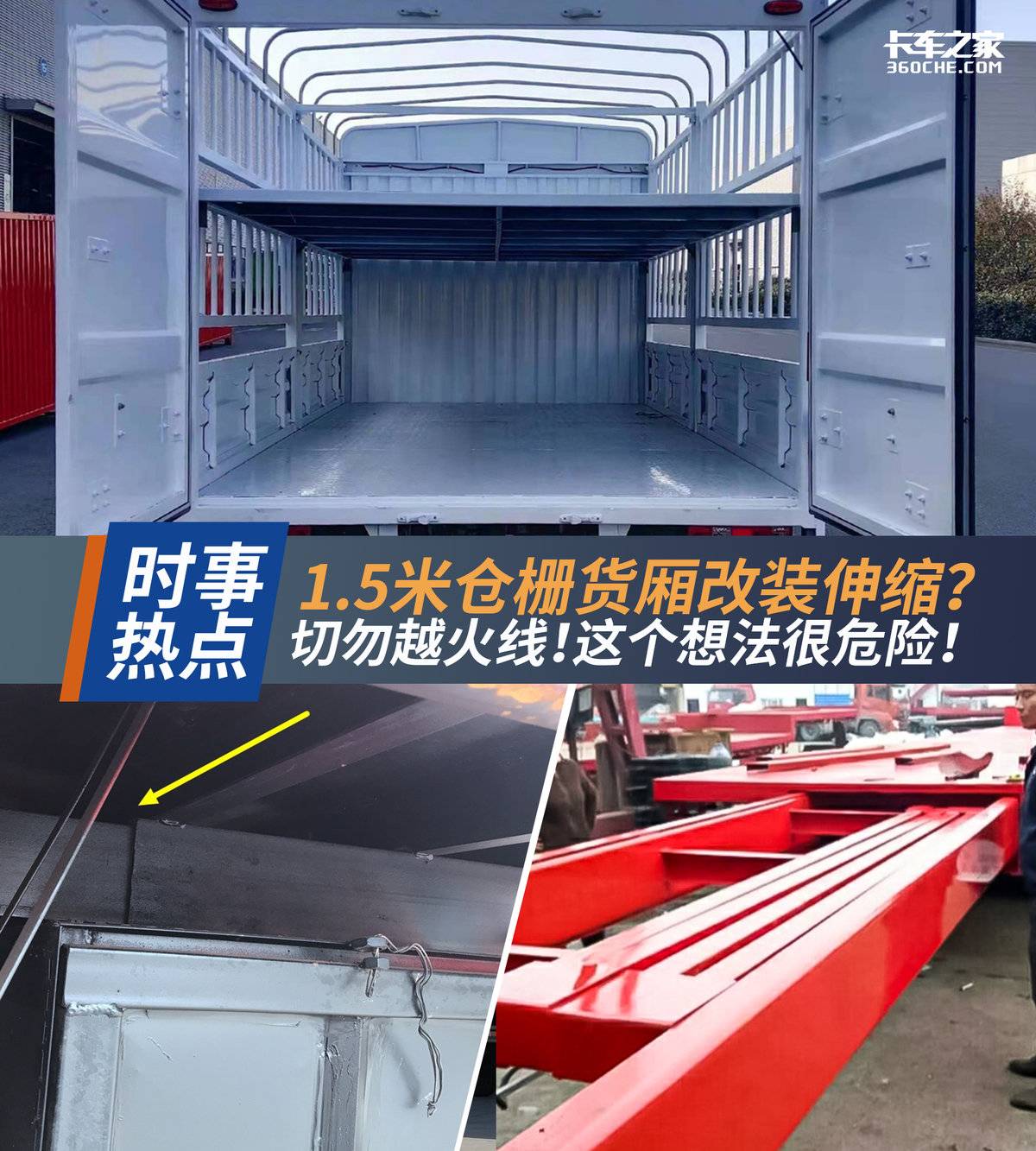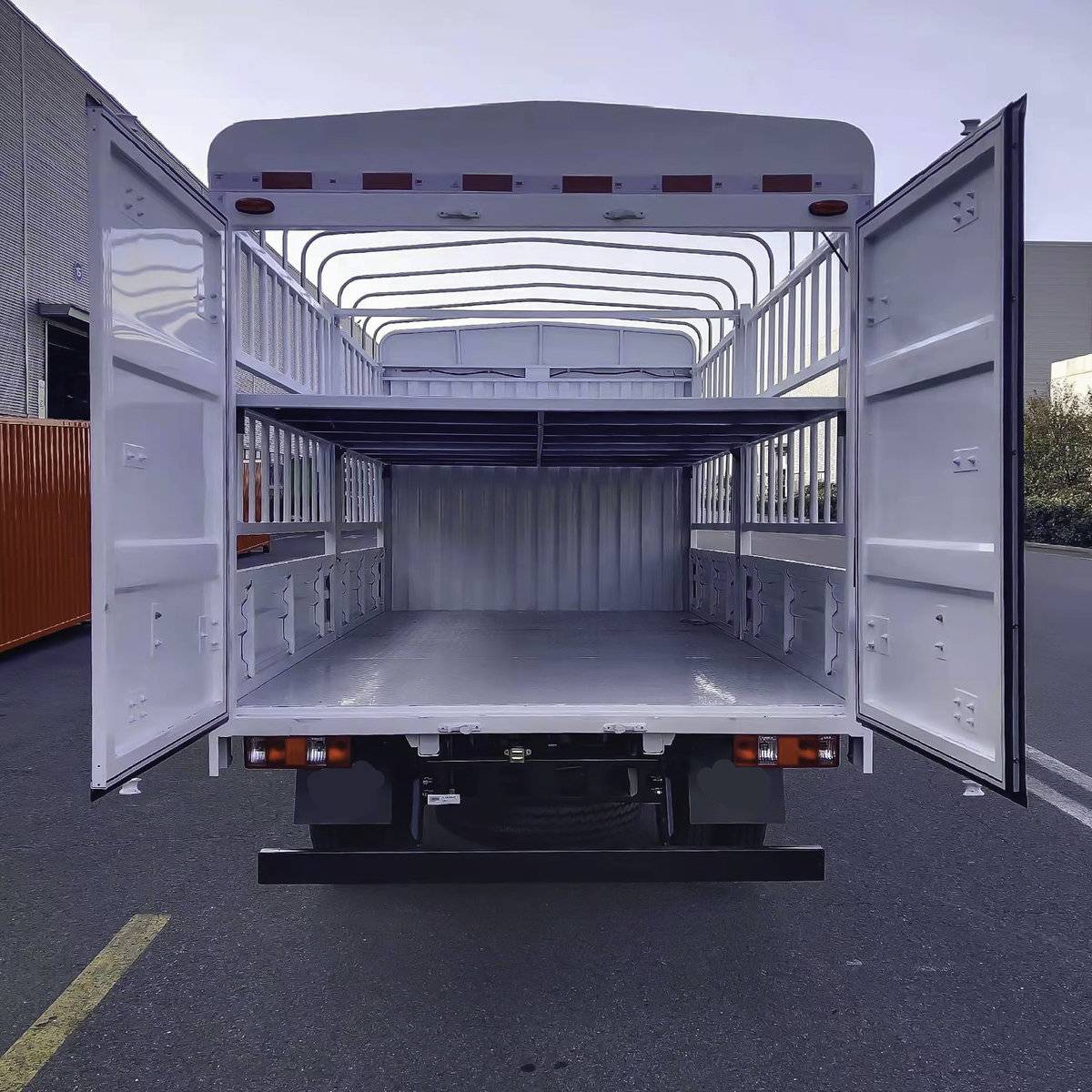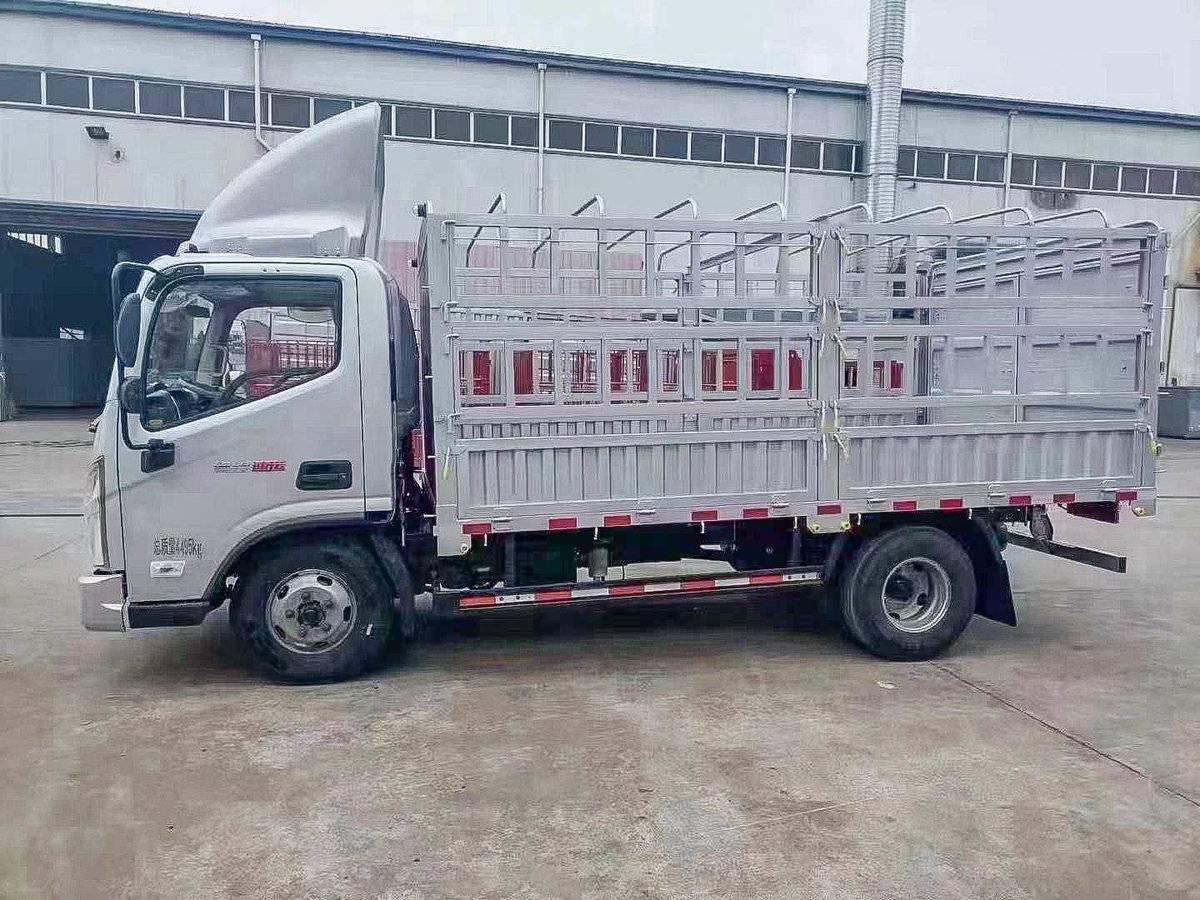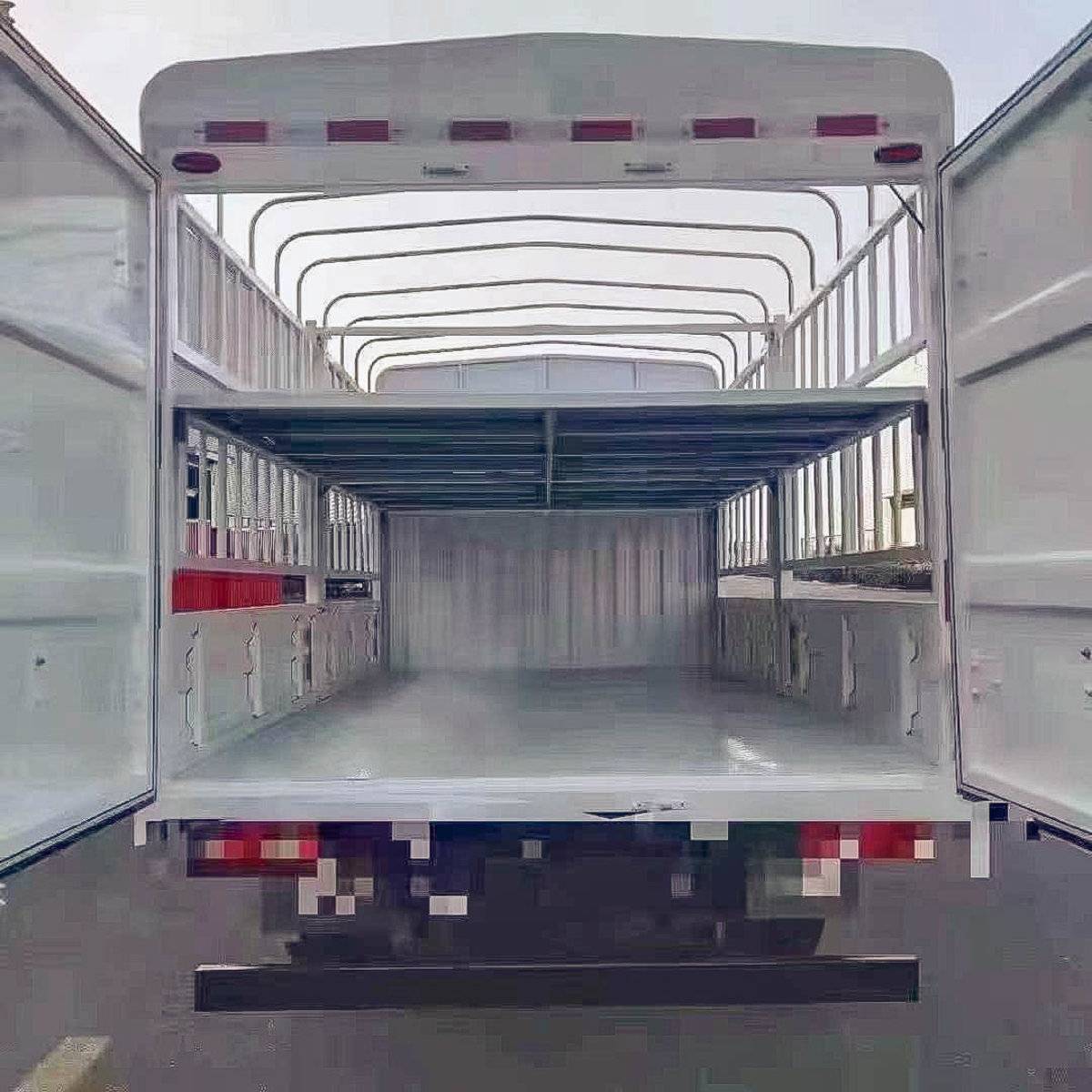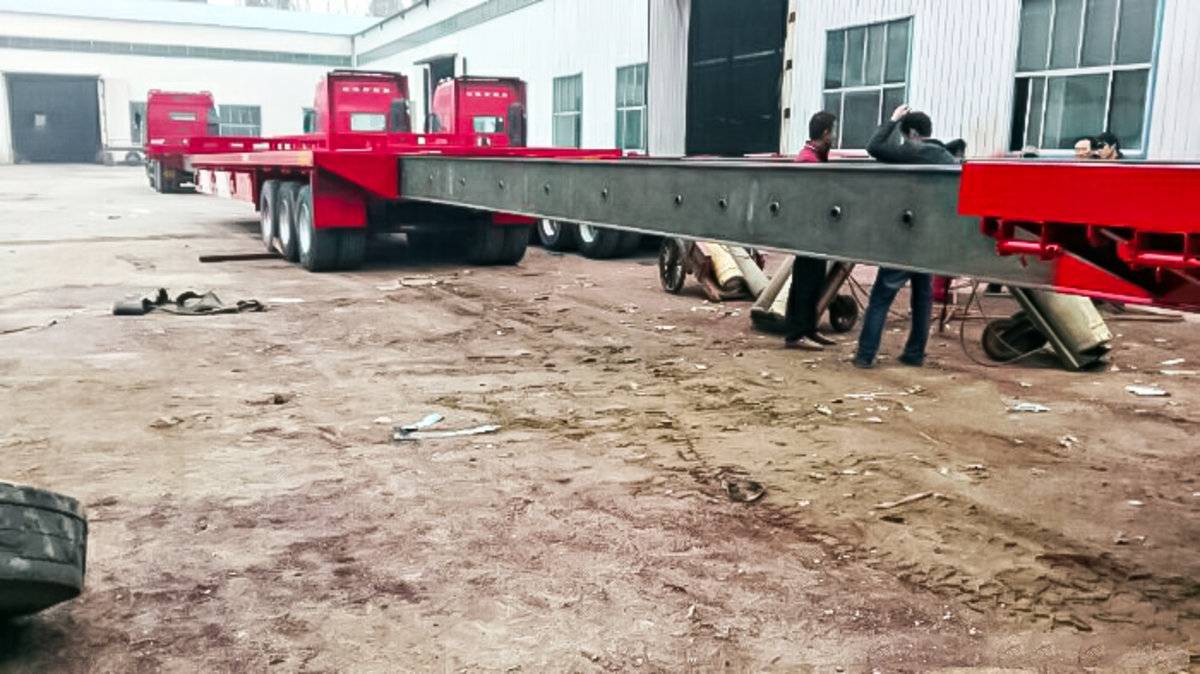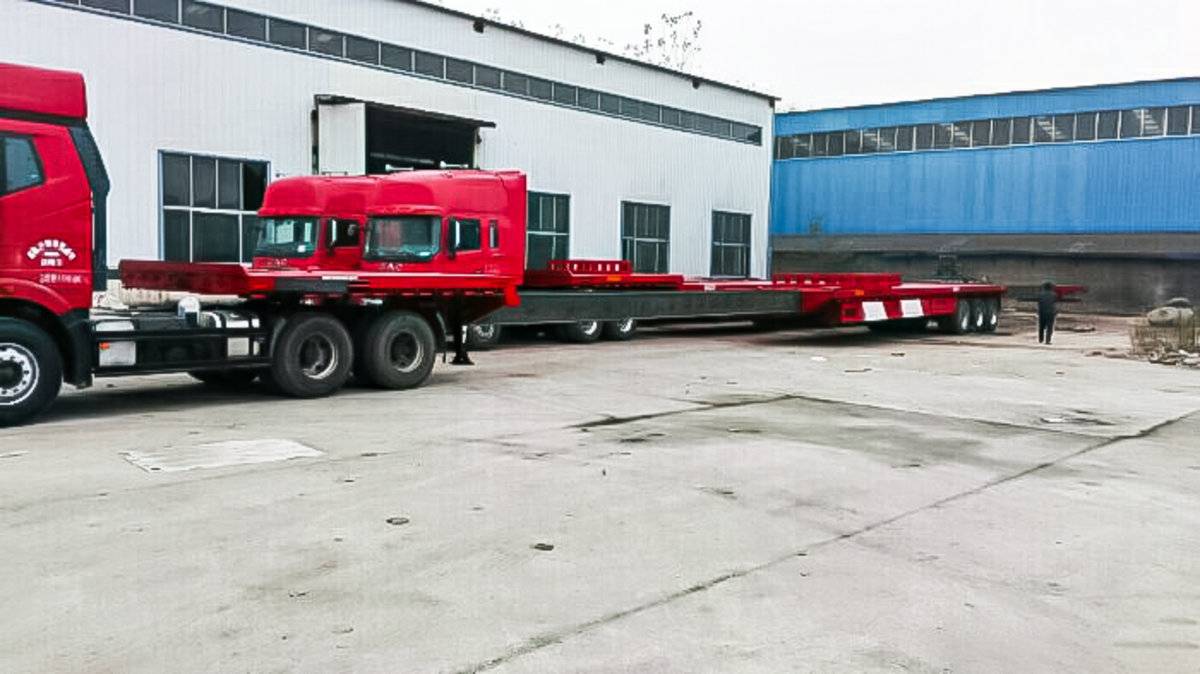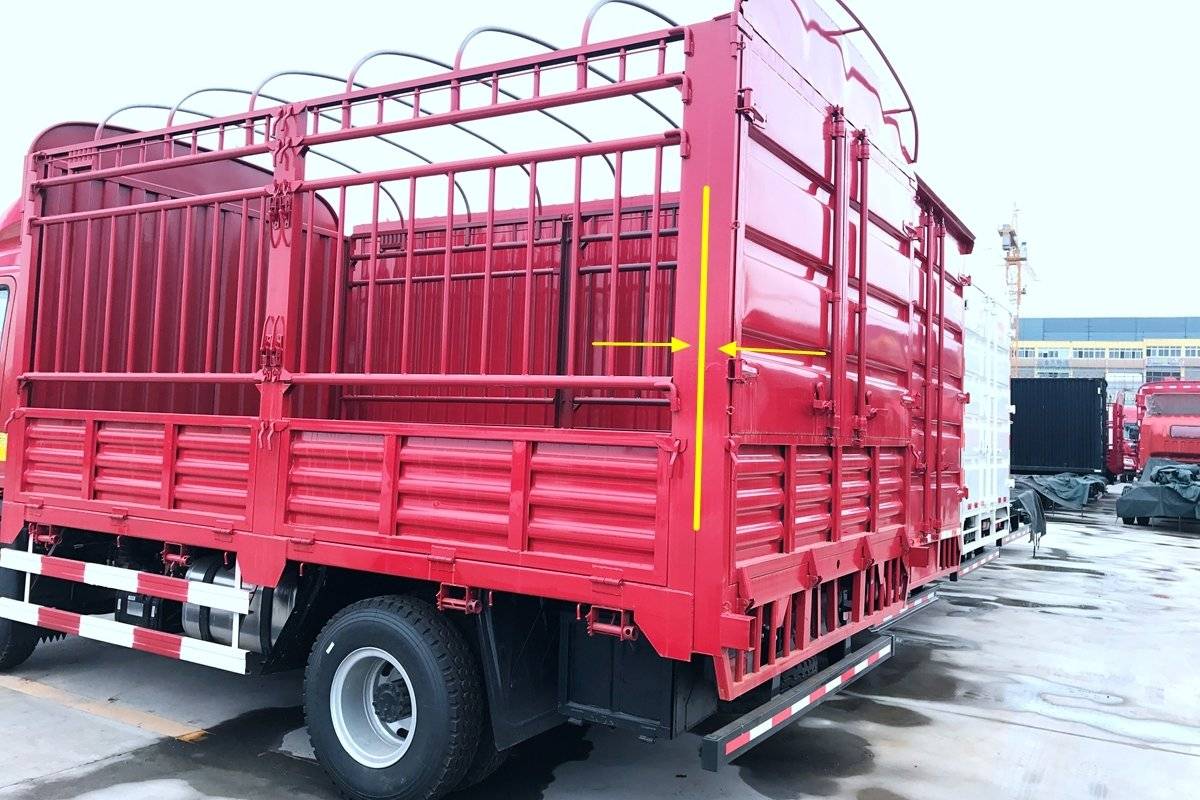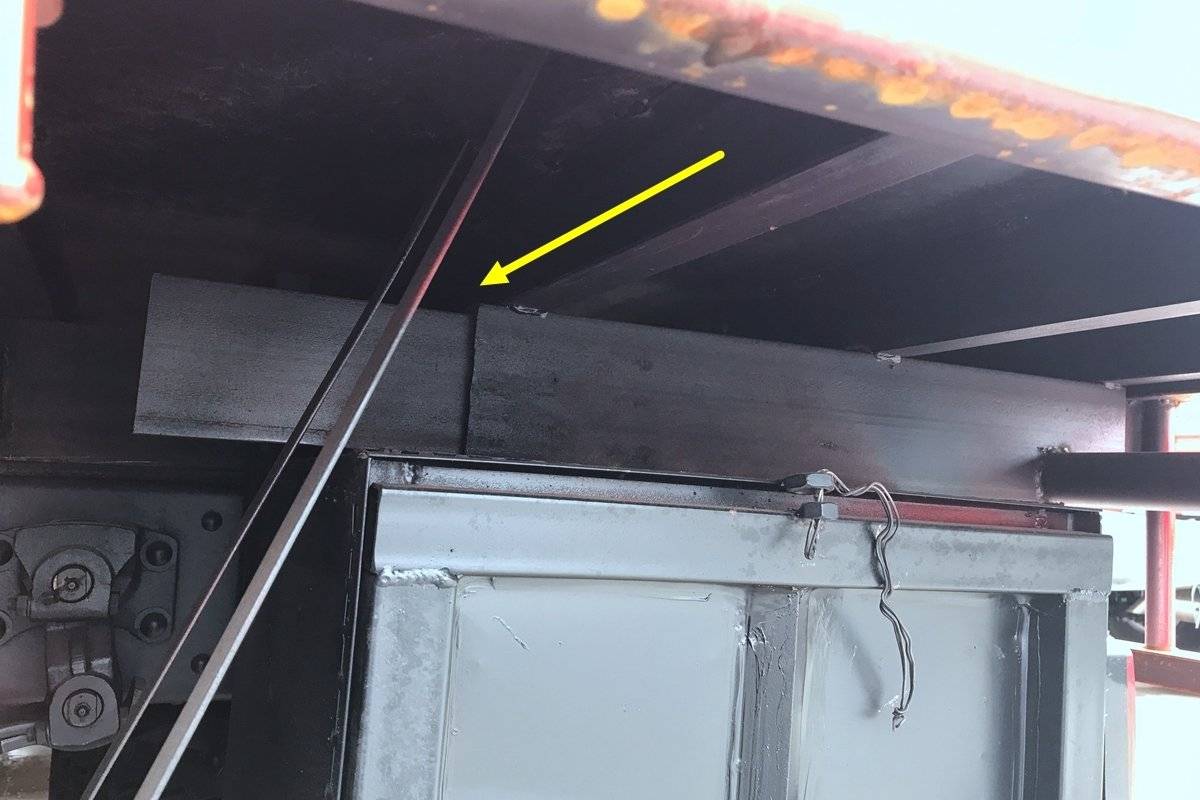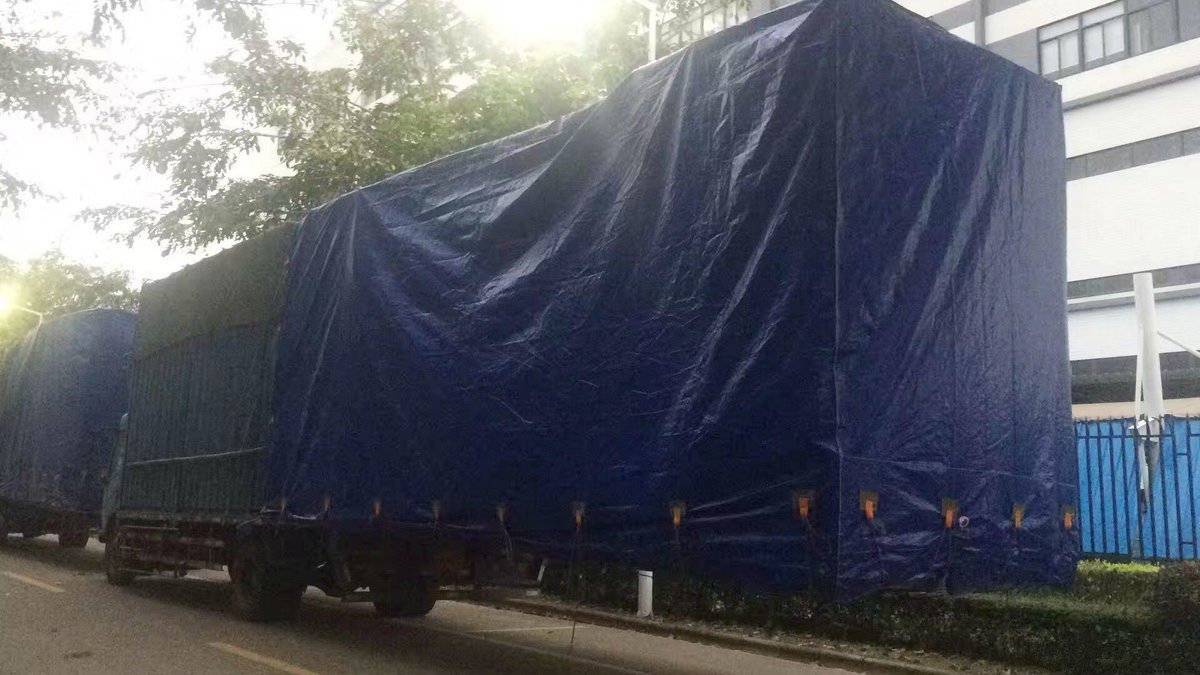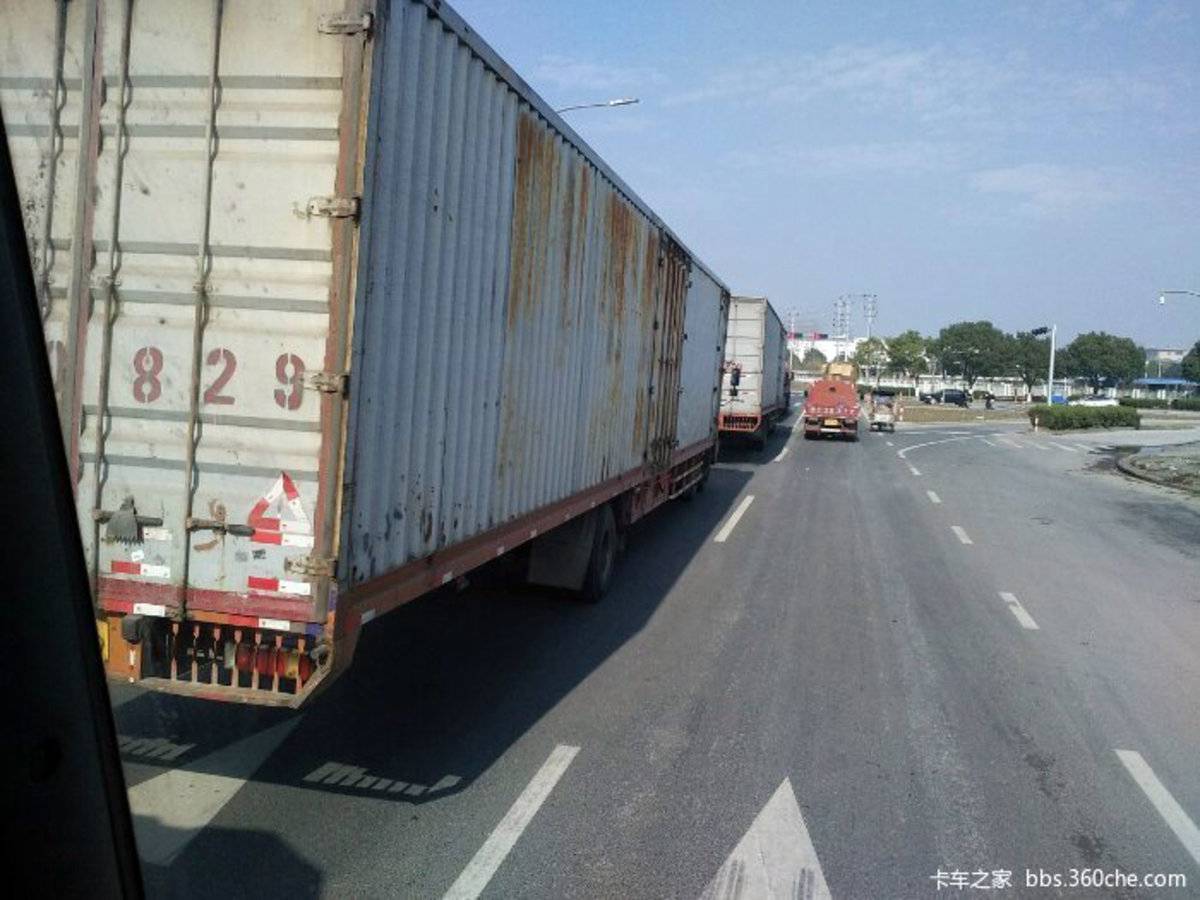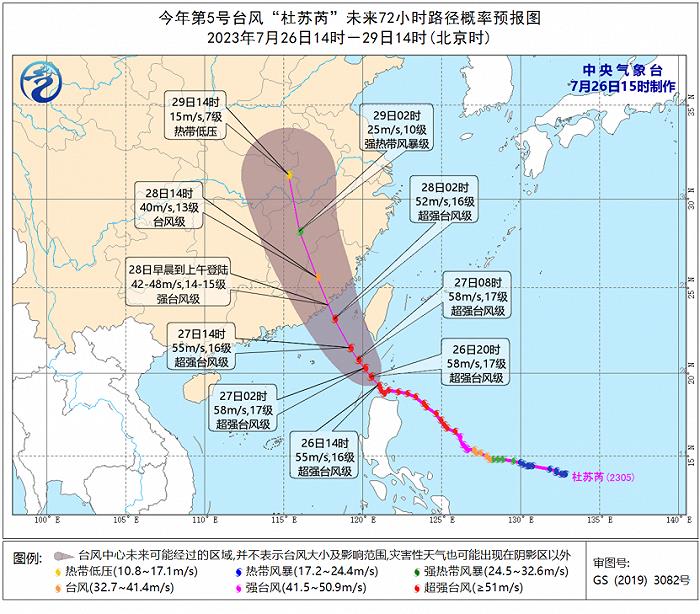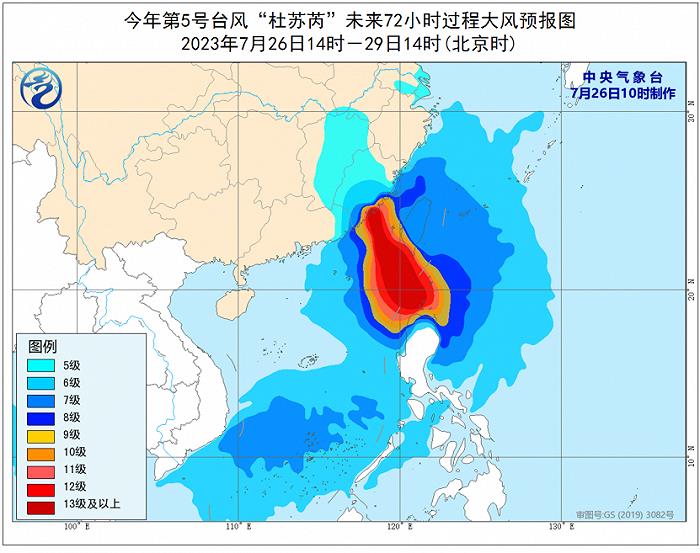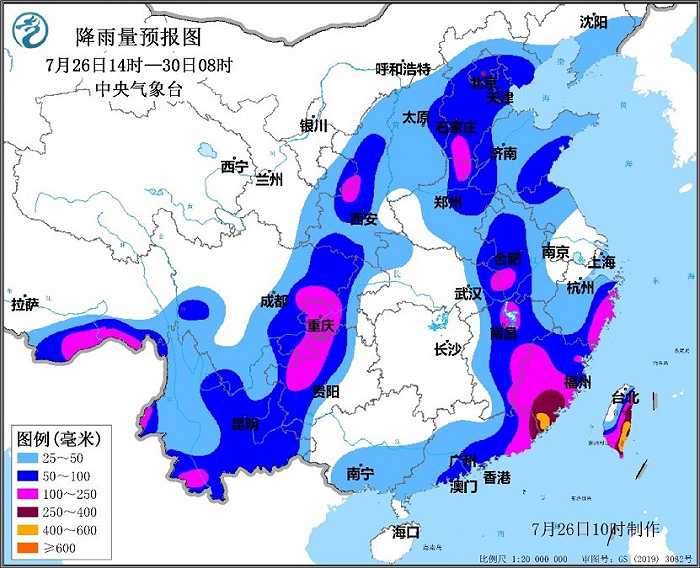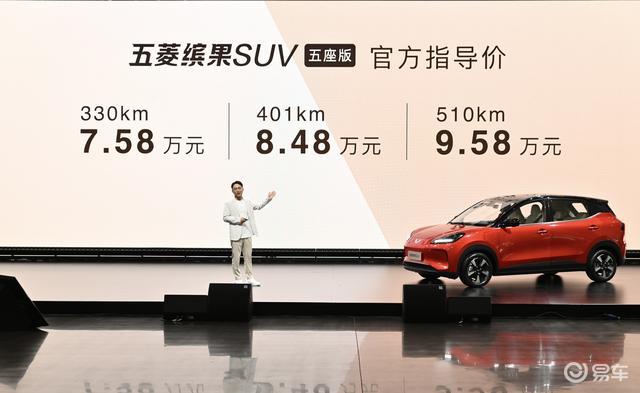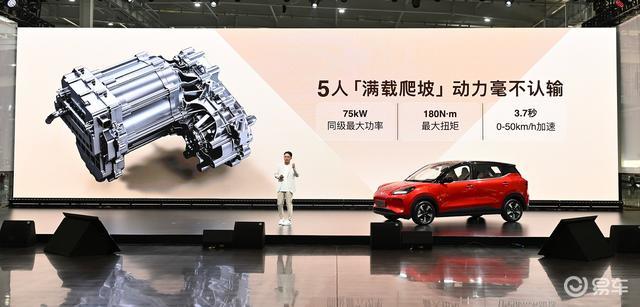Cctv newsAccording to the website of National Health Commission, in order to further improve the nucleic acid detection in Covid-19 and gain precious time for epidemic prevention and control, on the basis of the current 5-in-1 and 10-in-1 mixed sampling detection, the medical rescue team of the joint prevention and control mechanism in the State Council actively organized professional institutions and experts to demonstrate and study and put forward technical methods to further improve the efficiency of nucleic acid detection. After the verification of real clinical samples, on the basis of ensuring the quality of nucleic acid detection, we decided to steadily implement the 20-in-1 mixed sampling detection technology, and organized and formulated the Technical Specification for 20-in-1 Mixed Sampling Detection of Nucleic Acid in Covid-19 (hereinafter referred to as the "Specification").
20-in-1 mixed sampling detection can greatly improve the detection efficiency and is more suitable for large-scale population nucleic acid screening. Compared with the 10-in-1 mixed mining detection technology, the adjustment is mainly made in the sampling tube. The Code is divided into 10 parts, mainly including: specifications of sample collection consumables, requirements of collection location, collection process, specimen submission, laboratory reception, specimen detection and quality control, treatment of test results, sample treatment after testing, basic requirements of technicians, biological safety protection, etc.
Attached to the Covid-19 nucleic acid 20-in-1 mixed sampling detection technical specification:
In order to guide all localities to carry out mixed sampling detection in Covid-19, and further improve the ability and efficiency of nucleic acid detection, based on the existing 10-in-1 mixed sampling detection technology, this specification is formulated for Covid-19 20-in-1 mixed sampling detection technology (which refers to the method of collecting 20 swabs collected from 20 people in one collection tube for nucleic acid detection).
First, the sample collection consumables specifications
(a) virus collection tube. The pipe cap and pipe body should be made of polypropylene, and the spiral mouth can be sealed with moderate tightness. The tube is transparent and has good visibility. The height of the collection tube (including the tube cap) is (100 5) mm, the capacity is calibrated by the enterprise to be 20-30ml, and it contains 11-12mL of preservation solution of guanidine salt or other effective virus inactivators. The preservation solution should have a color (such as pink) that is easy to observe and identify, and maintain a certain fluidity to facilitate sampling.
(2) Collecting swabs. It is advisable to use non-cotton and non-calcium alginate swabs such as polyester and nylon, and the handle is made of non-wood materials. The breaking point is located about 3cm from the top of the swab head, which is easy to break.
Second, the collection site requirements
Choose an open and well-ventilated site as a centralized collection place for large-scale crowd screening. According to the original site conditions, it is divided into waiting area, collection area, buffer area and temporary isolation area, effectively dispersing the density of people to be inspected. First aid equipment should be set aside.
(1) Waiting area. Set up a pedestrian passage and a one-meter line at the same time to ensure the protection and safety of waiting people. According to the weather conditions, it is equipped with facilities such as heat preservation, cooling, sun protection and rain protection. The elderly, children, pregnant women and other people with mobility difficulties are given priority.
(2) Collection area. According to the climatic conditions, tents, cold/warm fans and appropriate tables and chairs are provided to ensure that medical staff can work in a relatively comfortable environment. Equipped with disinfection supplies, swabs and virus collection tubes for collection, and paper towels, vomit bags and masks should be prepared for the inspected personnel for later use. If the specimen cannot be transported to the laboratory in time, a 4℃ refrigerator or low-temperature storage box should be prepared for temporary storage. Emergency plans should be made to prevent the spread and infection of pathogenic microorganisms.
(3) buffer zone. The space should be relatively closed, so that the collectors can change their personal protective equipment, and put protective articles, disinfection articles for collection, swabs, collection tubes and outdoor disinfection equipment that match the size of the sampling point.
(4) Temporary isolation zone. Used to temporarily isolate suspected patients or high-risk groups found in the collection process.
Third, the collection process
(1) Identification and information registration.
1. Registration process. Before collection, the staff assigned 20 patients as a group, and collected and registered relevant information of patients (including name, gender, ID number, contact telephone number, collection place, collection date and time) before collection, and numbered the collection tubes according to the group. Because there are relatively more than 20 people, in order to avoid confusion between different groups of people, when sampling, the next group of waiting people can be strictly separated from the group of people being collected by 2 meters, and the next group of people can enter the sampling area in an orderly manner after this group of people is collected.
2. Registration requirements. It is recommended to use information means such as ID card reader and two-dimensional bar code to associate the information of the client, so as to improve the efficiency and accuracy of information reading.
(2) collection methods. The collected person’s head is slightly tilted, his mouth is wide open, and he makes an "ah" sound, exposing the pharyngeal tonsils on both sides. The collector will put the swab over the base of the collected person’s tongue, wipe it back and forth at least three times with a little force on both sides of the pharyngeal tonsils, and then wipe it up and down the posterior pharyngeal wall at least three times. After the operation, put the swab head into the tube, place the swab breaking point at the nozzle, break it slightly to make the swab head fall into the liquid of the collection tube, discard the broken swab rod, tighten the tube cover, and put the collection tube on a stable shelf. After each case is collected, the collector should carry out hand disinfection.
(3) mixed swab. Collect the remaining 19 swabs in turn according to the above collection method, and put the collected swabs into the same collection tube with gentle movements to avoid aerosol generation. After continuously collecting 20 swabs, tighten the tube cover to prevent spillage. Note that the throat swab should be immersed in the preservation solution. If there are less than 20 swabs in the collection tube, special marks should be made and recorded.
Fourth, the specimen inspection
(1) Check the information. Check the information on the label of the collection tube and the mixed mining registration form to ensure accuracy, completeness and consistent numbering.
(2) Specimen placement requirements. Put the checked collection tube into a transparent plastic sealed bag (one-layer container) and seal the mouth of the bag, and spray the outside of the sealed bag with 75% ethanol. Put the sealed bag into a two-layer container (optional packaging box with proper amount of hygroscopic material or double-layer medical garbage bag), and spray 75% ethanol for disinfection after sealing. Put the container on the second floor into a special specimen transfer box marked with "biological hazard" (it is recommended to use a transfer box that meets the UN2814 standard for the transportation of Class A goods in the Technical Rules for the Safe Transportation of Dangerous Goods by Air), and a cooling gel ice pack should be placed between the container on the second floor and the transfer box. The container on the second floor should be fixed in the transfer box to keep the specimen upright. After sealing the transfer box, 75% ethanol was sprayed for disinfection, and the surface of the transfer box was clean and pollution-free.
(3) Specimen transport requirements. The standard transfer box shall be transported by special specimen transport personnel. Specimens should be sent to the laboratory within 2-4 hours after collection. If it cannot be sent for inspection immediately, it shall be equipped with a special refrigerator or freezer for preservation, and the specimens shall be registered for receipt and preservation. Specimens can be stored at 4℃ within 24 hours after collection.
V. Laboratory reception
(1) Specimen receipt. The delivery and receiving personnel shall double sign for the specimen. The receiver shall check whether the transfer box and the container on the second floor are damaged.
(2) the specimen is opened. The transfer box should be opened in the core area of the biosafety level II laboratory and the second-floor container should be taken out. Open the container on the second floor in the biosafety cabinet, spray or wipe it with 75% ethanol for disinfection, take out the sealed bag, spray or wipe it with 75% ethanol reagent for disinfection, and check whether it is sealed well.
(3) specimen inspection. Take out the collection tube, check whether the tube wall is damaged, the nozzle leaks, etc., and spray or wipe with 75% ethanol for disinfection after confirming that there is no damage or leakage. If there is any damage or leakage, the operation should be stopped immediately, covered with absorbent paper and disinfected with 0.55% chlorine-containing disinfectant, and destroyed after unqualified registration.
(4) specimen preservation. Specimens that cannot be detected in time are stored in a special refrigerator. Samples detected within 24 hours can be stored at 4℃. Specimens that cannot be detected within 24 hours should be stored at -70℃ or below. If there is no storage condition at -70℃, it will be temporarily stored at -20℃. Avoid repeated freezing and thawing of specimens. Set up a special library or counter to save specimens, and manage them with double locks.
(5) The transshipment container is removed. The inner and outer walls of the used second-floor container were wiped and disinfected with 75% ethanol, and then moved out of the biosafety cabinet. After the experiment, ultraviolet lamps were used for disinfection.
Six, specimen detection and quality control
In accordance with the "Covid-19 nucleic acid detection manual of medical institutions (Trial Second Edition)" related requirements.
Seven, inspection results processing
Covid-19 nucleic acid qualitative test report shall include test results (detected/positive, undetected/negative), methodology, detection limit, etc.
(1) Judgment of results. According to the instructions of the amplification reagents used, it is judged that the detection result is undetected/negative or detected/positive.
(2) Review of positive results.
1. If the mixed sampling test result is positive, gray area or single target is positive, notify the relevant departments to temporarily isolate the 20 subjects of the mixed sampling tube separately, and re-collect the single tube swab for review.
2. If the single-tube nucleic acid test is negative, it will be returned according to the negative result. The temporary isolation personnel shall be released immediately; If the test result is positive, report it according to the procedure.
Eight, sample processing after detection
Specimens after detection shall be treated according to the relevant requirements of "Guidelines for the Implementation of novel coronavirus Nucleic Acid Detection Organization for All Staff (Second Edition)".
Nine, technical personnel basic requirements
The requirements of sampling personnel and testing personnel shall meet the requirements of novel coronavirus nucleic acid testing manual of medical institutions (Trial Second Edition).
X. Biosafety Protection
Specimen collection and transportation personnel and laboratory staff shall be protected in accordance with the relevant requirements of novel coronavirus Prevention and Control Plan (Eighth Edition).




